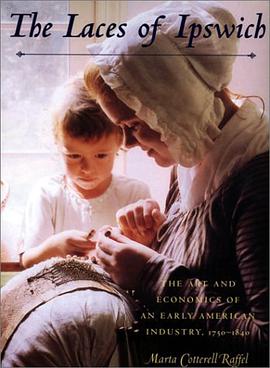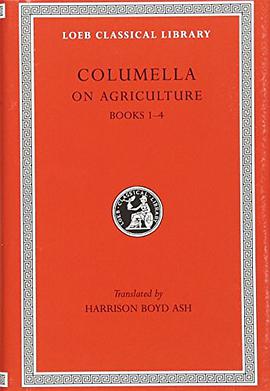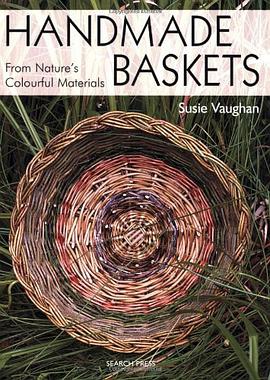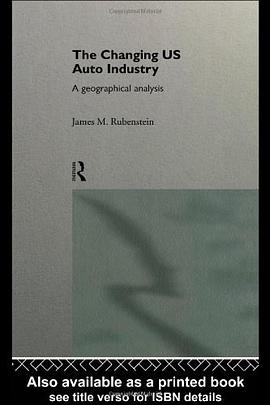

In its lace making heyday in the late eighteenth century, Ipswich, Massachusetts boasted 600 lace makers in a town of only 601 households. George Washington himself, a lace afficionado, paid a visit to Ipswich in 1789 to support its extraordinary domestic textile industry. While most research on lace making concentrates on its cottage origins in the seventeenth century, Marta Cotterell Raffel places the Ipswich industry squarely within the wider context of eighteenth-century manufacture, economics, and culture. Identifying what differentiates Ipswich lace from other American or European lace, she explores how lace makers learned their skills, and how they combined a traditional lace making education with attention to market-driven changes in style. Showing how the shawls, bonnets, and capes created by the lace makers often designated the social position or political affiliation of the wearer, she offers a unique and fascinating guide to our material past. With extensive research based on hundreds of previously unseen artifacts and documents, Raffel shows how this preindustrial labor and craft--absolutely central to the economic health of Ipswich--created and sustained forms of early American culture and shaped an entire community for several generations. Useful appendixes include a glossary of terms; a list of contemporary sources for supplies, lace organizations, and textile museums with lace collections; and two sample patterns with pricking and instructions.
具体描述
读后感
评分
评分
评分
评分
用户评价
相关图书
本站所有内容均为互联网搜索引擎提供的公开搜索信息,本站不存储任何数据与内容,任何内容与数据均与本站无关,如有需要请联系相关搜索引擎包括但不限于百度,google,bing,sogou 等
© 2025 book.wenda123.org All Rights Reserved. 图书目录大全 版权所有




















